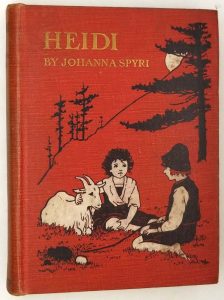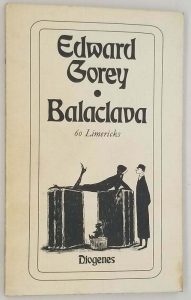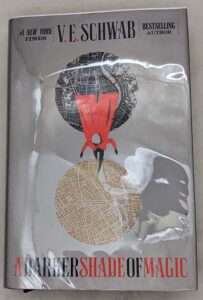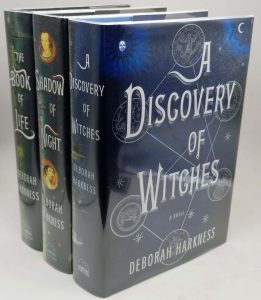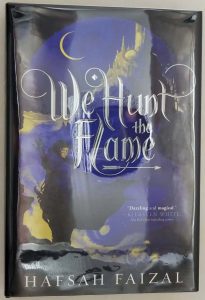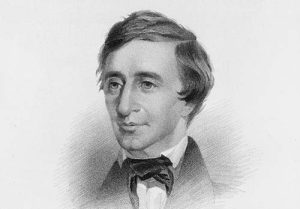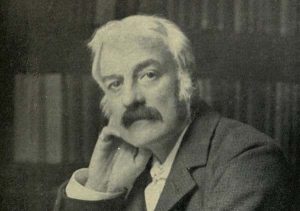Rinkitink in Oz: Wherein is Recorded the Perilous Quest of Prince Inga of Pingaree and King Rinkitink in the Magical Isles that Lie Beyond the Borderland of Oz. is the tenth book in the Land of Oz series written by L. Frank Baum. It was published on June 20, 1916, with full-color and black-and-white illustrations by artist John R. Neill. It is notable that most of the action takes place outside of Oz, and no character from Oz appears in the book until its climax; this is due to Baum’s having originally written most of the book as a fantasy novel unrelated to his Oz books over ten years earlier, in 1905.
Summary
Prince Inga is the son of King Kitticut and Queen Garee, who rule the island kingdom of Pingaree. Kitticut tells Inga that years earlier, when armies from the neighboring islands of Regos and Coregos attempted to invade and conquer Pingaree, they were repelled by Kitticut himself with the aid of three magic pearls. The blue pearl gives its bearer superhuman strength, the pink pearl protects him from any harm, and the white pearl speaks words of wisdom.
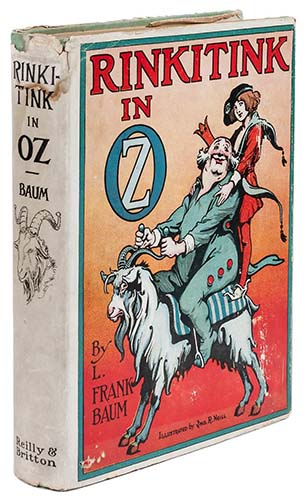
The jovial fat King Rinkitink of Gilgad arrives in Pingaree on royal holiday, and remains as Kitticut’s guest for several weeks. Rinkitink usually rides Bilbil, a surly talking goat. One day invaders from Regos and Coregos arrive again, and seize King Kitticut before he can reach his magic pearls. All the people are carried into slavery, except Inga and Rinkitink who escape along with Bilbil. Inga resolves to free his people with the aid of the magic pearls. Keeping the pearls secret from Rinkitink, he hides them in his shoes, and the three sail to Regos.
The wicked King Gos of Regos and his army are easily defeated by the strength and invulnerability of Inga, and they flee to the neighboring island of Coregos, ruled by the equally wicked Queen Cor. Inga and Rinkitink sleep in the palace, but the next morning both shoes along with the pink and blue pearls they contain are accidentally lost. The shoes are found by a poor charcoal burner, who takes them home to give to his daughter Zella. Queen Cor arrives on Regos and captures the now powerless Inga and Rinkitink, and brings them back to Coregos.
Zella, wearing the shoes but unaware of the power they convey, travels to the palace on Coregos to sell honey to Queen Cor. Inga sees her and, recognizing her shoes, trades shoes with her. Again possessing the pearls, he overpowers Cor who escapes and flees to Regos. Inga frees the enslaved people of Pingaree, who sail back home. However his parents are still captives of Gos and Cor, who take them to the neighboring country of the subterranean Nomes, and pay the Nome King Kaliko to use his magic to keep them captive.
Inga, Rinkitink and Bilbil arrive in the Nome Kingdom. For safety, Rinkitink carries the pink pearl which confers invulnerability. The Nome King refuses to release Inga’s parents because of his promise to Cor and Gos, although he claims to bear no animosity toward the travelers. Rinkitink and Inga sleep in the Nome King’s palace that night, but in the morning Kaliko attempts to kill both of them by various devious traps. Both escape by means of the power of the pearls they carry.
In Oz, Dorothy learns of these events and travels to the Nome Kingdom with the Wizard of Oz to confront Kaliko. She forces him to release Inga’s parents. Reunited with Inga, they all travel to Oz. The Wizard discovers that Bilbil is actually Prince Bobo of Boboland who has been turned into a goat by a cruel magician. He and Glinda are able to restore him to human form, which also cures his disagreeable disposition.
Inga, his parents, Rinkitink, and Bobo return to the rebuilt island of Pingaree. Soon afterwards, a boat arrives from Gilgad to take Rinkitink back home. Rinkitink objects that he does not want to return to his royal duties, but eventually is persuaded to return, accompanied by his friend Prince Bobo.
Frank Baum – Rinkitink in Oz | First Edition Identification Guide
Please refer to the gallery for detailed images of binding(s) and dust jackets.
| Year | Title | Publisher | First edition/printing identification points |
|---|---|---|---|
| 1916 | Rinkitink in Oz | Reilly & Britton Co., [1916] | First edition. Illustrated by John R. Neill, 314 pages. Two states: - 1 - Textual points: There is no publisher’s advertisement Pictorial self-endpapers in black and white. Color plates: 12 full-color inserts with no captions, tipped in facing the title page and pages 48, 104, 136, 152, 176, 208, 228, 264, 280, 296, 310. Binding: very light blue cloth. (One copy has been reported in light-green cloth.) On the front is a pictorial paper label in colors. The publisher’s name on the spine reads: “Reilly & | Britton”. Dust jacket: Issued in a full-color dust jacket with an identical illustration on the front and the back which reproduces the label design. The front flap has a blurb for the story. The back flap advertises Myra G. Reed’s Jinks and Betty and Norma Bright Carson’s and Florence E. Bright’s Children's Own Story Book. Size of leaf: 9 by 6 5/8 inches. Thickness of volume: 1 1/2 inches. Copies have been seen with the imprint of the Copp, Clark Co., Limited, of Toronto on the spine and title page. In all other respects they are identical with the first American state except that “Made in U.S.A.” appears at the foot of the copyright page. - 2 - Textual points: Same as #1 except that there is a publisher’s advertisement on the verso of the ownership leaf listing titles through The Tin Woodman of Oz (1918). Color plates: Same as #1. Binding: Same as #1 except that the book is bound in olive-green cloth. SECONDARY BINDING: Copies of #2 sheets, including the Reilly & Britton title page, have been seen in olive-green cloth with “Reilly I & Lee” on the spine. Subsequent printings of Rinkitink in Oz carry the Reilly & Lee imprint on the title page. The earliest of them has a publisher’s advertisement through The Tin Woodman of Oz (1918) and has no captions on the color plates. Some copies with advertisements through Glinda of Oz (1920) have no color-plate captions; others have captions added to the color plates as do later printings without advertisements. Around 1935, the color plates were discontinued; for a brief period around this time copies were issued with a single color plate tipped in as a frontispiece. |
Frank Baum – Rinkitink in Oz | First Edition Dust Jacket Identification
First edition binding(s) and various Dust Jacket printings identification.
Reference:
- Wikipedia
- Bibliographia Oziana – Haff, Greeme, Martin. 2002
